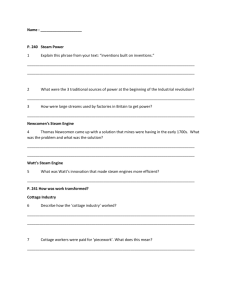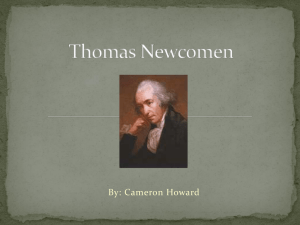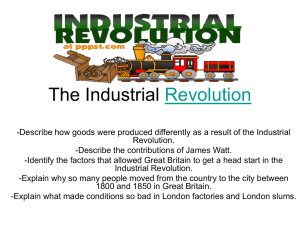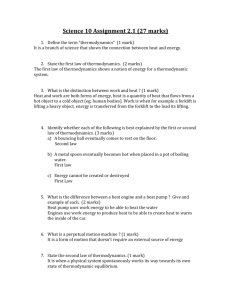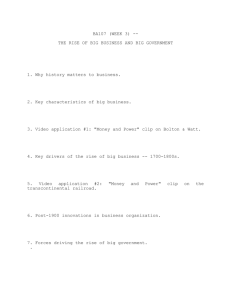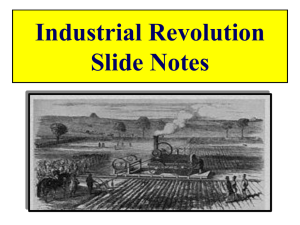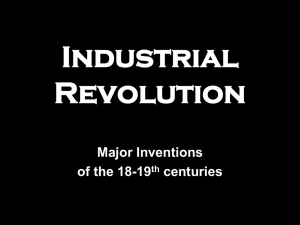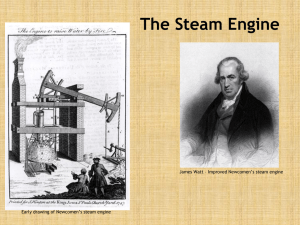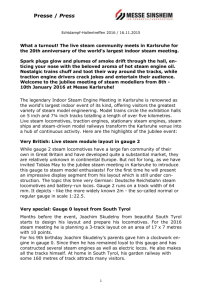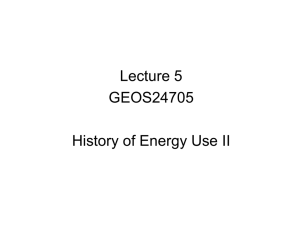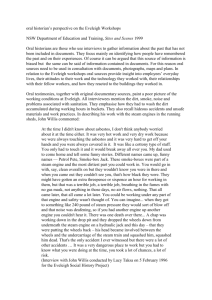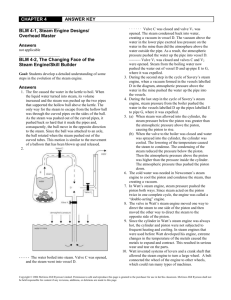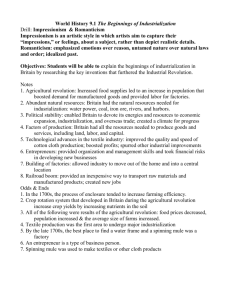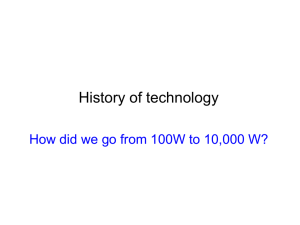Eli Whitney and early industrial revolution
advertisement
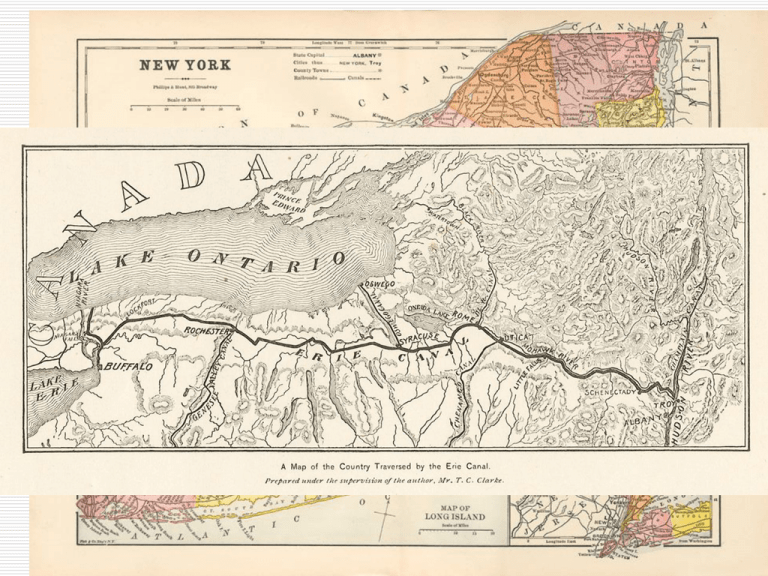
Internal Improvements Sectionalism With the shallow fast flowing rivers in the north, travel is by land and therefore expensive. One innovation that is designed to open up the west is called the “Big Ditch”, aka The Erie Canal. It is expensive, but… It makes N.Y.C. the financial center of the country. The American System Post War of 1812, there is a feeling of cooperation in the country. It is called “The Era of Good Feelings”. It will not last long. Henry Clay, Senator, War Hawk (remember those), proposes the American System. However… The north wants what it wants. The south wants what it wants. The newly expanding west w. w. it w. The American System The south wants policies that increase their exports and keeps imports cheap. Ergo, against tariffs. The north wants policies that protect their young, growing industries. Ergo pro tariffs. The west wants federal protection, but also internal improvements, but are against the Federal Bank. Divided over tariffs. Tariff issues The Tariff of 1828 called by the south “The Tariff of Abominations” John C. Calhoun V.P. of the U.S. writes a document called “The Doctrine of Nullification”. States could decide which laws were “null and void”. That states had the right to secede from the Union. Direct conflict with which branch of govt.? Direct conflict with which govt aspect of Federalism? Review: The Industrial Revolution is the rapid changeover from handmade goods to machine made goods. Eli Whitney Eli Whitney and Interchangeable Parts Eli Whitney’s Cotton Gin Power in the Industrial Revolution The first source of power of the Industrial Revolution was water power. Power in the Industrial Revolution The next power source developed during the Industrial Revolution was steam. During the Steam period the fuel source changed several times, from wood to coal to oil and today, to nuclear power. Newcomen’s Steam Engine The Newcomen Steam Engine is very efficient and required little heat to operate but they are not very powerful and therefore have never really been practical. James Watt’s Steam Engine The Watt Steam Engine is not as efficient but can be very powerful and was adaptable to many uses. Early Adaptation of the Watt Steam Engine How Dewitt Clinton Adapted the Steam Engine How Robert Fulton Adapted the Steam Engine How Robert Fulton Adapted the Steam Engine How the Steam Engine Was Adapted In the South The first main adaptation the steam engine in the south was the Cotton Gin. Eli Whitney’s Cotton Gin
